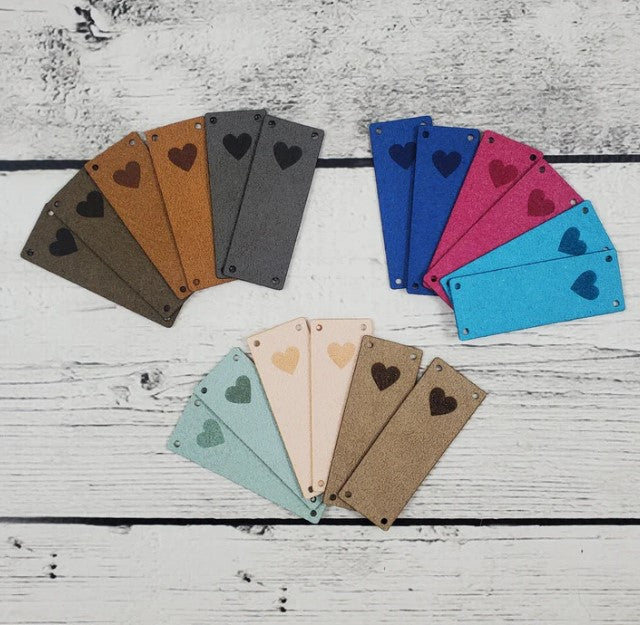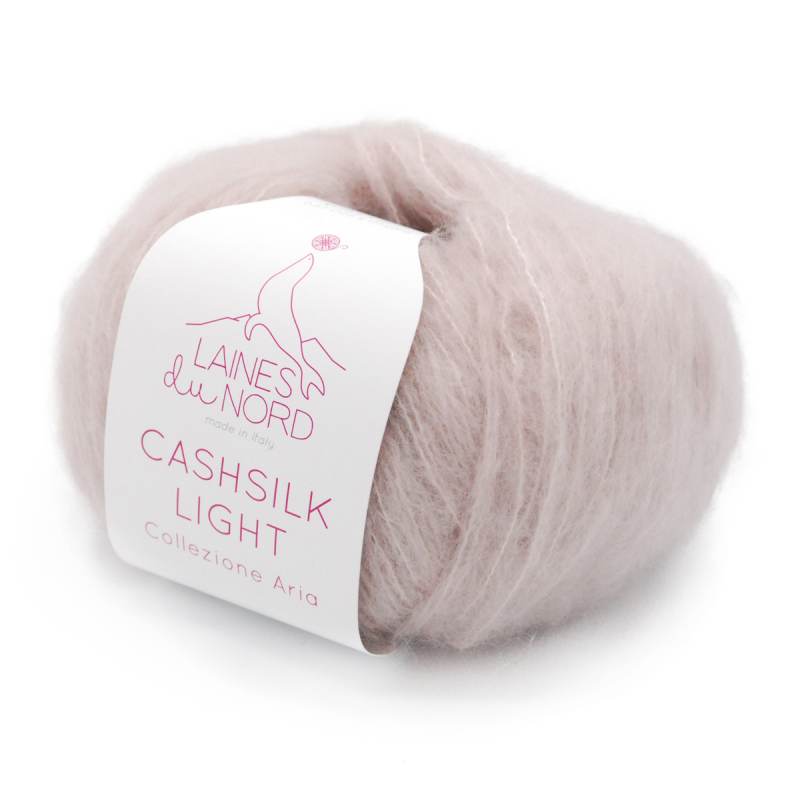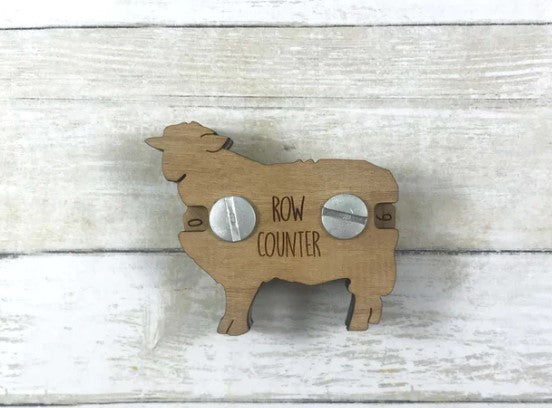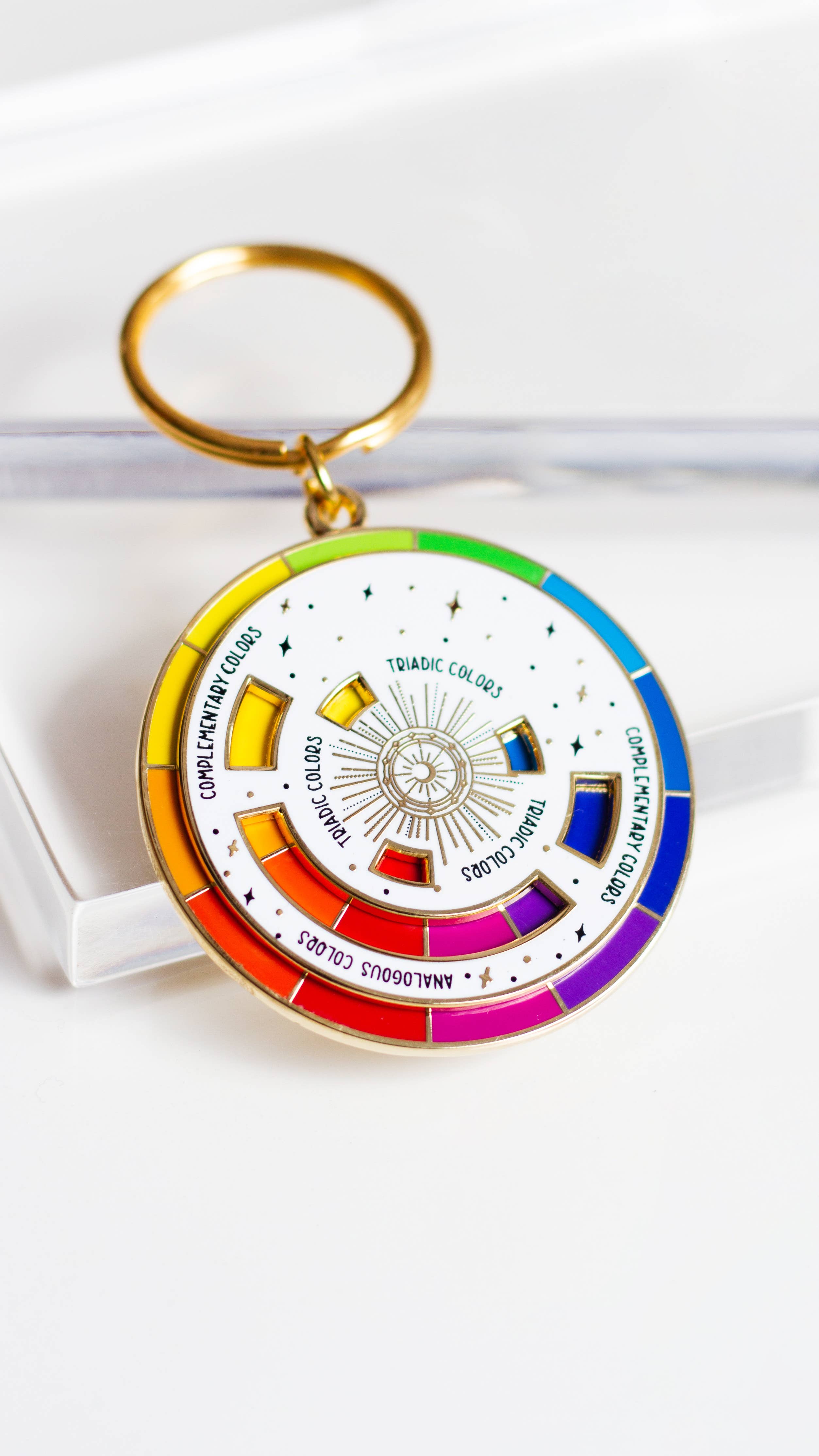5 Toxic Craft Supplies
Arts and crafts are a fun pastime for adults and children alike, yet many common craft supplies contain hazardous chemicals that put your health at risk. What’s worse, children exposed to toxic craft supplies are at a higher risk for detrimental health effects, due to their small size and developing bodies. Children are also at a higher risk for accidental ingestion and inhalation, which can have potentially fatal results.
Find out more about these 5 toxic craft supplies and learn how to find eco-friendly, non-toxic paint and supplies.
Hazardous Art Materials Act
In 1988, Congress passed the Labeling of Hazard Art Materials Act, which required all manufacturers to have products evaluated by a toxicologist to identify any toxic materials and potential health hazards. These products are tested for both single exposure and repeated, long-term exposure to ensure safety.
If a product has any toxic materials or presents any health hazards, it can’t be used by children in sixth grade or below. In addition, the manufacturer must include all hazardous ingredients on the label, clearly state all health risks and provide information about safe use, clean up, disposal and storage.
Even with this stringent safety requirement, many arts and crafts supplies contain toxic ingredients or possess health risks from exposure. In addition, some industrial materials and supplies manufactured overseas don’t adhere to this testing and labeling requirement, so it’s important to always be aware of the ingredients in your supply.
It’s also crucial to remember that even non-toxic paint and supplies can pose a risk under certain conditions. Ingredients, concentration, frequency and duration of exposure, route of exposure and any pre-existing health conditions can all impact the health effects of a toxin.
For example, inhalant risks are much lower in a well-ventilated area over a short period of time, but the risks are considerable with prolonged exposure in a room with poor ventilation. Water-based paints are unlikely to cause a problem with accidental ingestion, but just a small amount of oil-based paint could cause lead poisoning.
Toxic Craft Supplies
Before you begin your next project or build your inventory of crafting supplies, you should be familiar with the most toxic craft supplies and understand their dangers. Learn about the top five toxic craft supplies here.
Spray Paint
Now, 1, 1, 1, 2-tetraflouroethane is the propellant used in spray paint. It’s better than the CFCs and hydrocarbons of the past, but certainly not an eco-friendly solution.Spray paint is a hazard to our health and the environment. The original propellants used in spray paints were chlorofluorocarbon gases (CFCs), which were banned in 1978 because of their damage to the ozone layer. Hydrocarbon propellants replaced CFCs until the 1980s, when it was discovered that they contribute to smog.
The standard for spray paint is a solvent- or oil-based propellant, but now many manufacturers are working to produce latex- and water-based spray paints with lower volatile organic compounds (VOCs). This is an improvement, but still not ideal.
As far as health concerns, spray paint can leave toxic pigments, propellants or solvents suspended in a room for hours or days, depending on the ventilation, which then contaminate your air as they dry. Prolonged exposure to these chemicals and fumes can cause such side effects as itchy or burning eyes, sinus and throat irritation, skin irritation, fatigue, nausea, headache, dizziness, and in severe cases, hallucinations, delusions, ataxia and contact dermatitis. Long-term use of spray paint has also been linked to “painter’s syndrome,” a condition that includes damage to the brain, reproductive system, kidneys and liver.
It’s best to avoid spray paint altogether, but if that’s not an option, choose a low-VOC spray paint, use a respirator and work in well-ventilated areas for short periods of time.
Glues and Adhesives
Glues and adhesives span a range of environmental and health effects, from non-toxic children’s craft glue to industrial solvents.
Generally, water-based adhesives, like flour-and-water pastes, animal-based glues, basic craft glue and other children’s glues are fairly non-toxic and pose little risk of health or environmental hazards.
Organic, solvent-based adhesives, like modeling glue, rubber cement and other intermediate glues may be toxic if inhaled or ingested, and they may contain chemicals that are harmful to the environment.
Industrial adhesives depend on a chemical reaction to properly bond. These include contact cement, epoxy, polyurethane and many types of super glue. These typically contain a solvent or solvent blend that creates such a strong hold, but also contain such chemicals as toluene, a VOC, hexane, xylene, methylene chloride and other chemical compounds that are classified as hazardous air pollutants by the Environmental Protection Agency (EPA).
The chemical solvents in industrial adhesives have been linked to serious health conditions such as brain damage, polyneuropathy, pulmonary edema, coma, loss of hearing, vision or muscle control and birth defects. In addition, these solvents are extremely flammable and have unpredictable physical behaviors.
Though not an industrial adhesive, spray adhesive has many of these hazardous solvents and should also be avoided.
Paint
Like glue, paint ranges from relatively non-toxic to extremely hazardous.
Water-based paints, such as watercolors, tempera and acrylic paint, are relatively non-toxic but may contain toxic inorganic compounds like cadmium, manganese, cobalt, chrome, mercury or lead. Some paints may also contain trace amounts of formaldehyde or ammonia. Water-based, non-toxic paint designed for children tends to be safest, but acrylic paints always pose an additional risk.
Oil-based paints often contain inorganic compounds of manganese, cadmium, cobalt, chrome, mercury or lead. Cleaning and thinning solvents, such as mineral spirits or turpentine, also pose a health and environmental risk.
Industrial paints, such as those designed for painting houses or cars, contain toluene, xylene and other hazardous solvents, as well as lead compounds, that pose a health and environmental risk. Though these paints aren’t usually used for crafting, it’s important to be aware of these risks when considering paint for outdoor projects.
Varnishes, Stains and Lacquers
Varnishes, stains and lacquers all contain resins dissolved in solvents, such as toluene, petroleum byproducts, methyl alcohol and turpentine. As mentioned, these solvents are classified as hazardous air pollutants by the EPA and can cause serious health conditions with exposure.
Fortunately, many non-VOC, chemical-free natural wood stain and wax alternatives are available.
Modeling Clay
Modeling clay is popular for crafting, but it’s important to choose the right clay to avoid any hazards.
Flour-based clay, earth-based clay and oil-based clay are generally safe for children and adults. You can also make your own homemade clay with some simple household ingredients.
Polymer clays, on the other hand, are made of vinyl/PVC, which is a significant pollutant and health hazard. Plastic pollution is a growing concern, due to the overabundance of plastic and the dangerous chemicals it produces as it breaks down. Dioxin, a chemical emitted during the preparation, use and disposal of plastics, is a proven carcinogen and has been linked to many health conditions. Phthalates, used to increase the strength and flexibility of plastic, are also emitted as plastic degrades and have been linked to such conditions as autism, ADHD, fertility issues and cancer.
Eco-Friendly Alternatives
As you can see, there are many craft supplies that pose significant risks for you, your family and the environment. Here are some additional tips to help you craft safely:
- Avoid products that don’t have a Non-Toxic seal from the Art & Creative Materials Institute.
- Avoid products designed for professional artists.
- When in doubt, choose the liquid form over the powder form, and choose brush-on rather than spray. This doesn’t guarantee non-toxic, but it lowers the risk.
- Always work in a well-ventilated area, and wear a respirator if working with potentially hazardous materials.
- Wear gloves to prevent skin contact.
- Read labels and look for labels like recyclable, ethically-sourced, sustainable, natural, low or no VOC, non-toxic, chemical-free, BPA-free, PVC-free, renewable, biodegradable and water-based.
- Dispose of hazardous materials properly.
Of course, remember that being green is about more than your supplies. Use your craft products sparingly, avoid waste and use recycled materials whenever possible for truly eco-friendly crafting.
Go Green with Eco-Friendly Crafts
You don’t have to sacrifice quality to go green. At Eco-Friendly Crafts, we carry a full collection of eco-friendly, non-toxic alternatives to common craft supplies, so you can enjoy your favorite crafts while doing your part for the environment. Browse our collection today!
- Choosing a selection results in a full page refresh.













